While many species are facing unprecedented threats due to habitat destruction, poaching, and climate change, conservation efforts around the world are proving that recovery is possible.

Through habitat protection, anti-poaching laws, breeding programs, and environmental awareness, several once-endangered species are making a remarkable comeback. These success stories demonstrate the power of conservation and how people can make a difference in protecting the planet’s wildlife.
The bald eagle has soared back from near extinction.
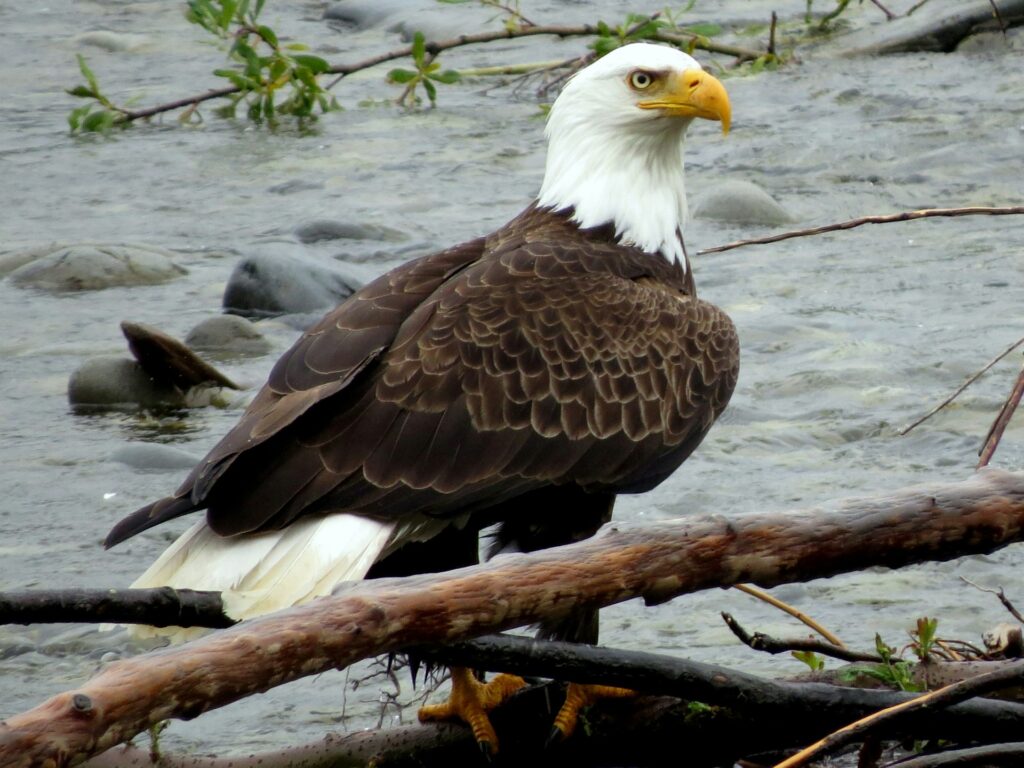
Once on the brink of disappearing from North America, the bald eagle has made an incredible comeback. In the mid-20th century, the widespread use of the pesticide DDT caused eagle populations to plummet, as the chemical weakened eggshells and reduced reproductive success. By the 1960s, bald eagles were nearly wiped out in the United States.
Thanks to conservation efforts, including the banning of DDT in 1972 and strict legal protections under the Endangered Species Act, their numbers have steadily increased. Today, bald eagles are no longer considered endangered, and their resurgence is a testament to how protective legislation can help wildlife recover. Supporting conservation laws and avoiding pesticides that harm wildlife can help ensure their continued success.
The humpback whale has bounced back from commercial whaling.

Humpback whales were once hunted to the brink of extinction due to commercial whaling, with their global population plummeting by the mid-20th century. After being targeted for their oil and meat, numbers fell so drastically that some feared they would never recover.
However, international bans on commercial whaling in the 1980s allowed humpback whale populations to rebound. Conservation efforts, including marine protected areas and anti-whaling campaigns, have helped their numbers rise significantly. Today, humpback whales are seen in oceans worldwide, proving that strong regulations can save even the largest creatures from extinction. Continued support for marine conservation programs and sustainable ocean policies can help ensure their future.
The black-footed ferret has been saved by captive breeding.
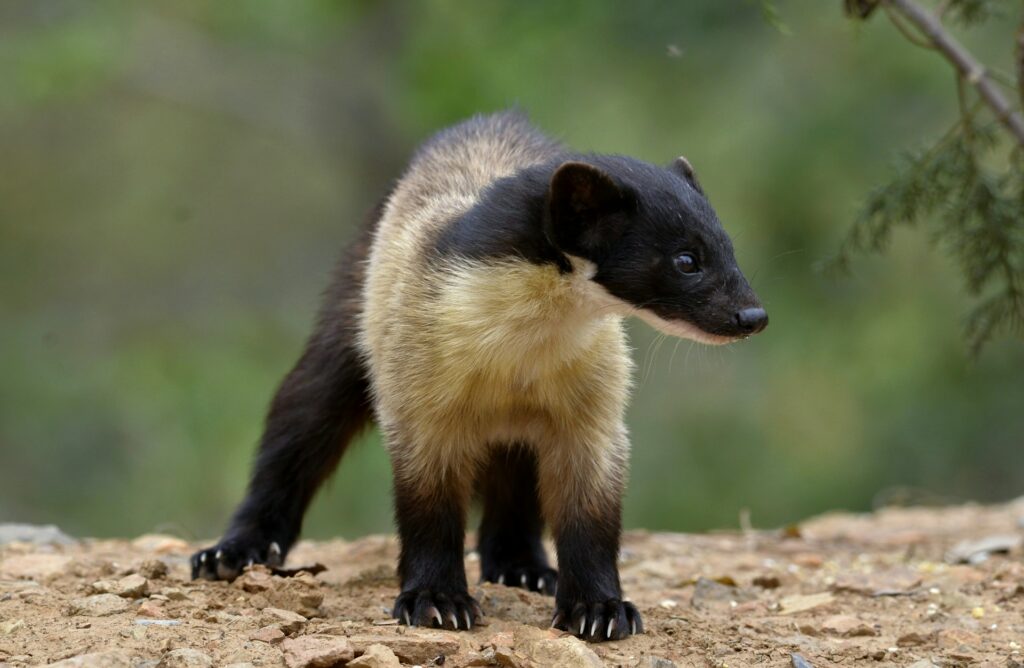
Once thought to be extinct, the black-footed ferret has made a remarkable return thanks to captive breeding programs. Native to North America’s grasslands, this small predator was nearly wiped out due to habitat destruction, disease, and the decline of its primary food source, prairie dogs.
In the 1980s, a small population was discovered, leading to an urgent conservation effort to breed and reintroduce them into the wild. Today, thanks to breeding programs and habitat restoration, black-footed ferret populations have been reintroduced in several U.S. states. Supporting prairie conservation efforts and ensuring protected habitats remain intact can help their numbers continue to grow.
The Iberian lynx is rebounding from the brink.
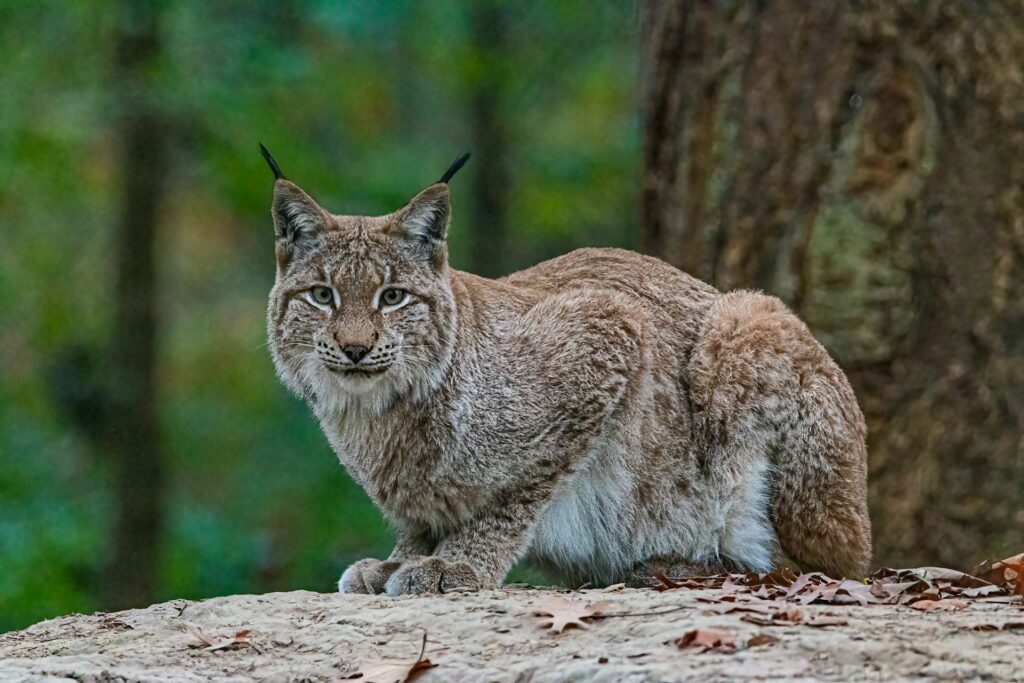
The Iberian lynx, once the most endangered wild cat in the world, is making a slow but steady comeback. Found only in Spain and Portugal, the species faced near extinction due to habitat loss, hunting, and the decline of its primary prey, the European rabbit. By the early 2000s, fewer than 100 individuals remained in the wild.
Conservation programs, including captive breeding and habitat restoration, have helped the population increase to over 1,000 individuals. Continued efforts to protect their habitats and ensure the survival of their food sources are essential to securing their future. Supporting sustainable land-use policies and wildlife corridors helps maintain their recovery.
The giant panda is no longer endangered.

For decades, the giant panda was a symbol of conservation struggles, with habitat destruction and low reproduction rates pushing the species toward extinction. Found in China’s bamboo forests, pandas rely almost entirely on bamboo for food, making them highly vulnerable to deforestation.
Thanks to habitat preservation, protected reserves, and breeding programs, the giant panda population has grown to over 1,800 individuals in the wild. In 2016, they were officially downgraded from “endangered” to “vulnerable,” a major conservation victory. Supporting organizations that protect forests and promote sustainable land management continues to be crucial in ensuring their long-term survival.
The gray wolf has returned to parts of North America.
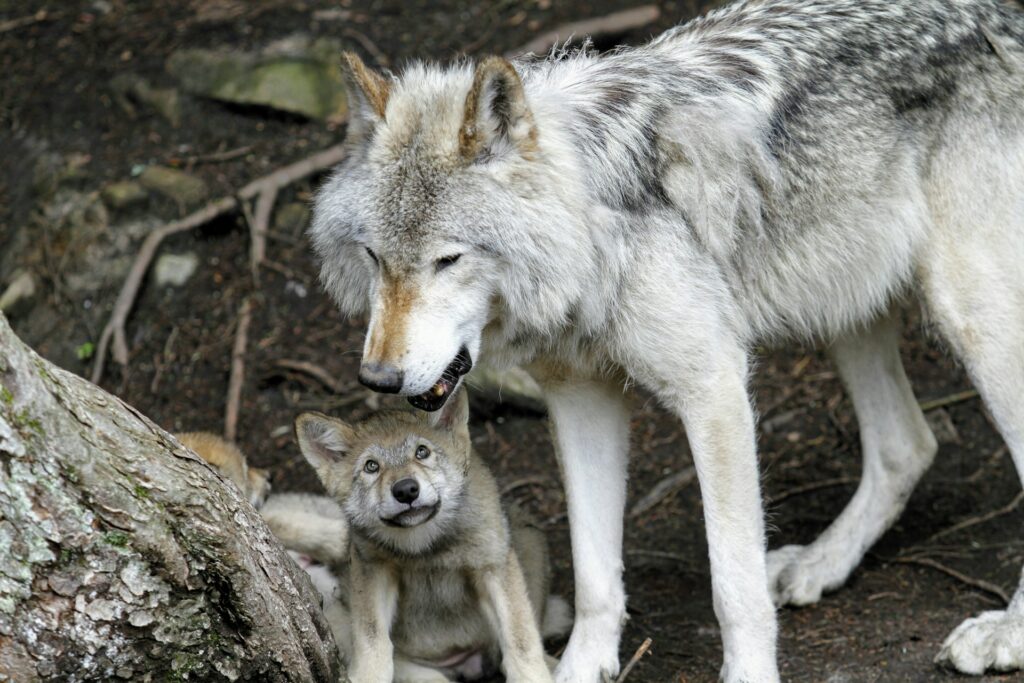
Once hunted to near extinction, the gray wolf has made a surprising recovery in parts of the United States and Europe. Decades of persecution, habitat loss, and government-sponsored extermination programs wiped out wolves from much of their native range. By the mid-20th century, they were nearly gone from the U.S.
Reintroduction programs, such as the famous effort in Yellowstone National Park, have allowed gray wolves to reclaim some of their former territories. They play a critical role in ecosystems by controlling prey populations and maintaining balance. However, wolves still face challenges due to conflicts with livestock owners. Supporting policies that promote coexistence between wolves and farmers can help sustain their recovery.
The sea turtle population is slowly increasing.

Sea turtles have been struggling for decades due to habitat destruction, pollution, and poaching. Many species, including the green sea turtle and the loggerhead turtle, were on the verge of disappearing due to egg harvesting, fishing net entanglement, and climate change affecting nesting sites.
Conservation efforts, such as beach protection, nesting programs, and laws against poaching, have led to population increases in many regions. Some sea turtle species, once critically endangered, are now showing signs of slow recovery. Reducing plastic pollution and supporting sustainable fishing practices can further help protect these ancient marine reptiles.
The Arabian oryx was brought back from extinction in the wild.
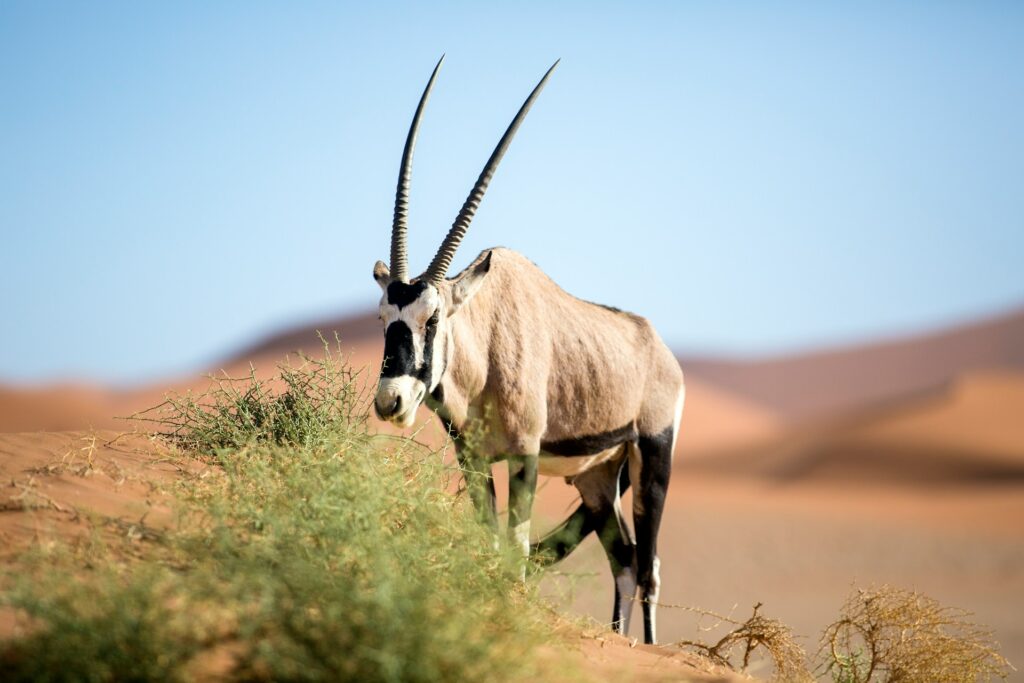
The Arabian oryx, a striking antelope native to the Middle East, was declared extinct in the wild by the early 1970s due to overhunting. Fortunately, conservationists launched a breeding program that successfully increased their numbers, leading to reintroductions in the wild.
Today, the Arabian oryx population has grown to over 1,000 individuals, making it one of the few species to have gone from extinct in the wild to stable populations. Protecting desert habitats and preventing illegal hunting is key to keeping them safe.
The California condor is soaring once again.

The California condor, North America’s largest bird, nearly disappeared due to habitat loss, lead poisoning, and poaching. By the 1980s, only 27 individuals remained. In a last-ditch effort to save the species, all remaining condors were captured for a breeding program.
Thanks to dedicated conservationists, the population has steadily increased, with over 500 condors alive today, including more than 300 in the wild. Reducing lead-based ammunition, which poisons scavengers like condors, and supporting habitat protection efforts can help continue their recovery.
The snow leopard remains elusive but is showing signs of recovery.

Snow leopards, the elusive big cats of Central Asia’s mountains, have faced significant threats from poaching, habitat fragmentation, and climate change. Their population has been declining for decades, but conservation efforts have helped stabilise their numbers.
Anti-poaching patrols, habitat conservation, and working with local communities to reduce human-wildlife conflict have contributed to their recovery. While they remain vulnerable, their population decline has slowed, offering hope for their future. Supporting ethical tourism and conservation projects in snow leopard habitats helps ensure they remain protected.
How you can help protect endangered species

The comeback of these species is proof that conservation works, but continued efforts are necessary to maintain their recovery. Here are some ways you can help:
Support wildlife conservation organizations – Donating to or volunteering with groups that protect endangered species can make a real impact.
Make eco-friendly choices – Reduce plastic use, support sustainable products, and minimize your environmental footprint.
Advocate for stronger environmental laws – Policies that protect wildlife and their habitats are essential for long-term conservation success.
Reduce habitat destruction – Support reforestation projects, avoid buying products linked to deforestation, and encourage sustainable land use.
Spread awareness – Educating others about endangered species and conservation efforts can help build a global movement for change.
While many species still face challenges, these success stories show that it’s possible to reverse population declines with dedication and effort. Every action, no matter how small, contributes to the protection of the planet’s incredible biodiversity.